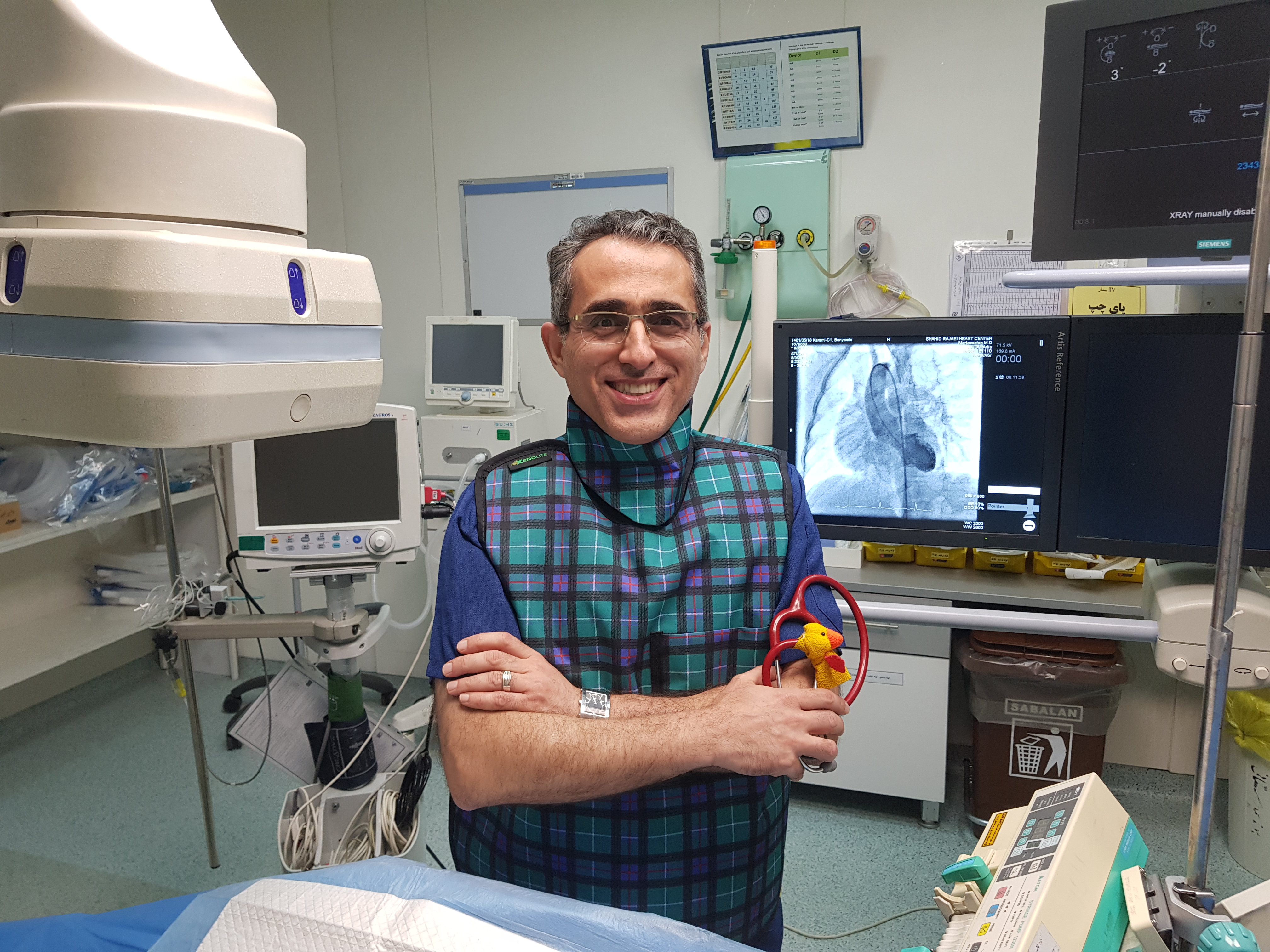| Authors | farshad jafari |
|---|---|
| Conference Title | complicated interventions |
| Holding Date of Conference | 2022/11/03 |
| Event Place | Tehran |
| Presented by | Rajaie Cardiovascular Medical and Research Center |
| Presentation | SPEECH |
| Conference Level | Internal Conferences |
Abstract
Axillary artery thrombosis in neonates
This case is a 9 days neonate with pulmonary atresia, hypoplastic right heart syndrome, and duct-dependent physiology. Oxygen saturation was about 65% under prostaglandin administration. CT angiography was done before the stenting of PDA for a good evaluation of the shape and type of PDA. In angiography there was a long vertical PDA. Axillary artery access can be a useful approach for stenting of the PDA in neonates. After axillary access and placing a 4 Fr sheet, the PDA stenting was performed with Terumo stent size 4/18 mm. The stent was dislocated in the aortic arch and did not cover the pulmonary side of the PDA. We tried for another stent but it was unsuccessful. After stenting of PDA, the right hand was cold with capillary filling longer than 3 seconds. Aspirin (3-5 mg /Kg/day), Clopidogrel (1 -2 mg /kg/day) and Heparin (10 u /Kg/hr) start after procedure. Doppler sonography showed axillary artery thrombosis. Because heparin infusion was not effective, we started Alteplase infusion (0.5 mg/kg for the first hr. then 0.25 mg/hr.). After 8 hours, a regular wave was observed in the right-hand pulse oximetry. The tip of two fingers became gangrene, but after 10 days of heparin therapy the black color of fingers returned to pink completely. Especially in neonates with small artery lumen, long procedures can susceptible the artery for thrombosis. Excess movement of the introducer in the artery can damage the epithelium of the artery and susceptible to thrombosis.




 WhatsApp
WhatsApp Telegram
Telegram send Email
send Email
 Facebook
Facebook youtube
youtube

 Mobile
Mobile call
call